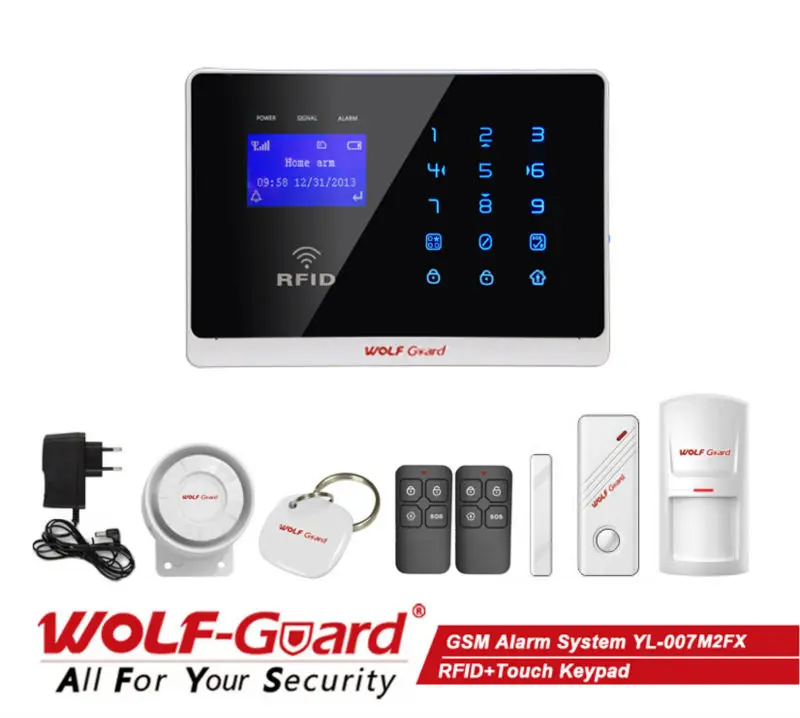

Closed systems which are run by an organization such as a university or CCRC.Individually coordinated services that rely on a smart phone app to communicate alerts to a list of personal contacts.Full service companies that provide patient onboarding, logistics management, installation, ongoing education and periodic testing programs.Companies that provide for seniors in their homes.Hospital programs which are operated by volunteers.There are several different types of medical alarm providers: Ī 2012 Swiss estimate reported that around 50,000 emergency call devices were then use. (Rhein-Main Business Club) in Frankfurt-am-Main. In 1982 the Hausnotruf PERS system was distinguished with the Frankfurt Innovation Prize of the German Economy by the Wirtschaftsclub Rhein Main e.V.

Hormann's concept of "home alert" (Hausnotruf) with help from AEG-Telefunken Backnang GmbH was presented to the international public early in 1980. The user wore a medallion around the neck that when pushed delivered a preprogrammed message to several phone numbers. Named Lifeline Systems Inc., it manufactured all its own equipment, and by 1984 had 225 employees and served "some 42,000 people in 48 states." In 1975 American International Telephone Company offered an emergency home phone system. The American implementation was conceived in 1973 by Andrew Dibner, "a psychologist on leave from Boston University who was studying personality in advanced age." In Germany, in the early 1970s, Wilhelm Hormann thought about developing a comprehensive structure for ambulatory and non-ambulatory care for the sick, the elderly, those who live alone, and people with disabilities. The concept of home alert systems was conceived and developed in the 1970s. Elderly people and disabled people who live alone commonly use/require medical alarms, and some of them have been victimized by fraudulent marketing. Medical personnel are then dispatched to the site where the alarm was activated. When the medical alarm is activated, the signal is transmitted to an alarm monitoring company's central station, other emergency agency or other programmed phone numbers. Typical systems have a wireless pendant or transmitter that can be activated in an emergency.

It is especially important to recognize the need to respond to situations where the person is unable to summon help. Other terms for a medical alarm are Personal Emergency Response System (PERS) or medical alert. Device that summons the presence of medical personnel in an emergencyĪ medical alarm is an alarm system designed to signal the presence of a hazard requiring urgent attention and to summon emergency medical personnel.


 0 kommentar(er)
0 kommentar(er)
